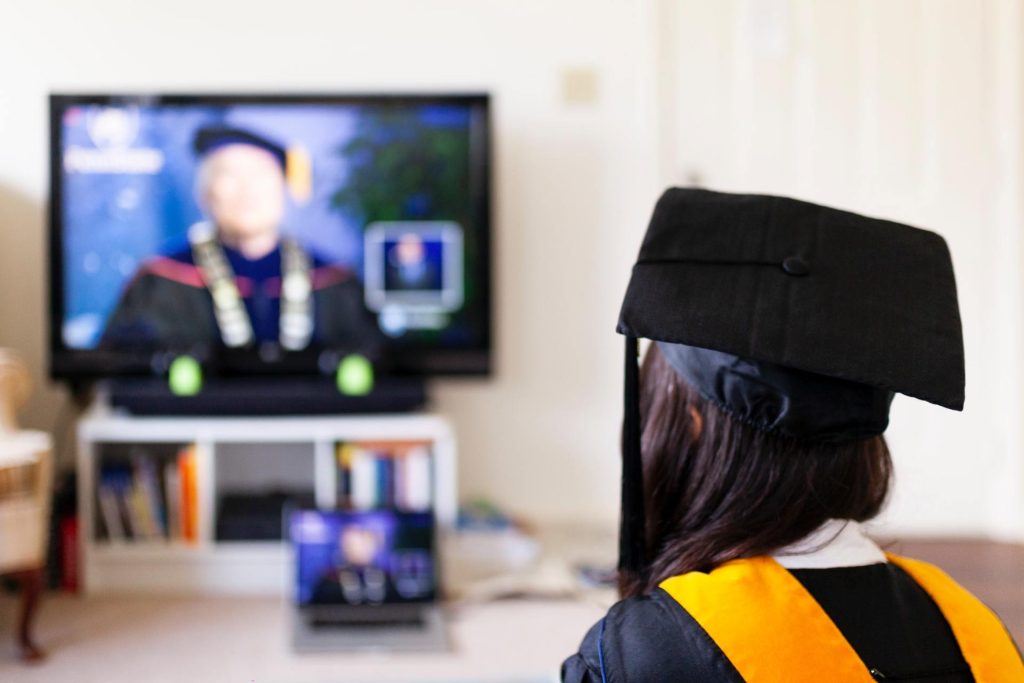While in lockdown, I began to learn how to use video software for the SmartStepz Independent Online courses. It was a daunting task; I was in new territory and feeling very overwhelmed.
Along with learning how to create and edit videos, I also had to learn how to use the platform that these online courses were on: creating the templates for the papers, adding the video answers followed by the logo, insuring that the videos could not be downloaded by others and a host of new technology that, frankly, made me want to quit!
If, as adults, we feel like we are in over our head, imagine how your child must be feeling when preparing for exams, be it the 11+ or otherwise.
You have two choices:
1) Push your child in to the deep end when he/she has not learned to swim yet.
2) Start with floaters and the essential skills needed to swim like a dolphin!
Begin by making sure that they lead a holistic lifestyle: academically, physically, emotionally, socially and spiritually. All are connected and all necessary when nurturing your child in meeting their full potential.
Learning holistically just means connecting the dots, which your child already knows how to do. If your child likes playing football, for example, how does he/ she play well enough to be selected by a team and to be in the starting line up? Basic skills need to be learned. Those skills need to be practiced, possibly every day. As a parent, you will be out in the garden practicing with your child to help perfect that skill. Together, you are likely to watch football games and point out techniques used by your child’s hero. You’ll be out in the garden after the game, emulating those moves.
Whilst preparing for exams is not as much fun as playing football it requires connecting dots too. Your child needs to understand what he/she is learning so that they can apply that knowledge to the work being presented.
How do I do that, you ask?
1) Share a book and make the written word more interesting by applying it to what is happening in real life, connecting it to your child’s interests.
2) When doing word problems, apply it to something your child can relate to.
For example, take three different sized Cadbury’s chocolate bars: 45g. 200g and 360g.
• Discuss how you would determine which size would be the best value for money.
• Compare the cost of each when they are the same weight, based on existing price.
• Go one to compare the cost of purchasing a multi- pack of the same chocolate.
• Which of these is the most economical?
Once the dots have been connected for this very real concept, your child will understand the need to compare like with like. These connections will be further built and linked to other questions on weight, capacity or following a recipe.
The best part of this learning process for your child, and possibly you, will be the chocolate treat!


